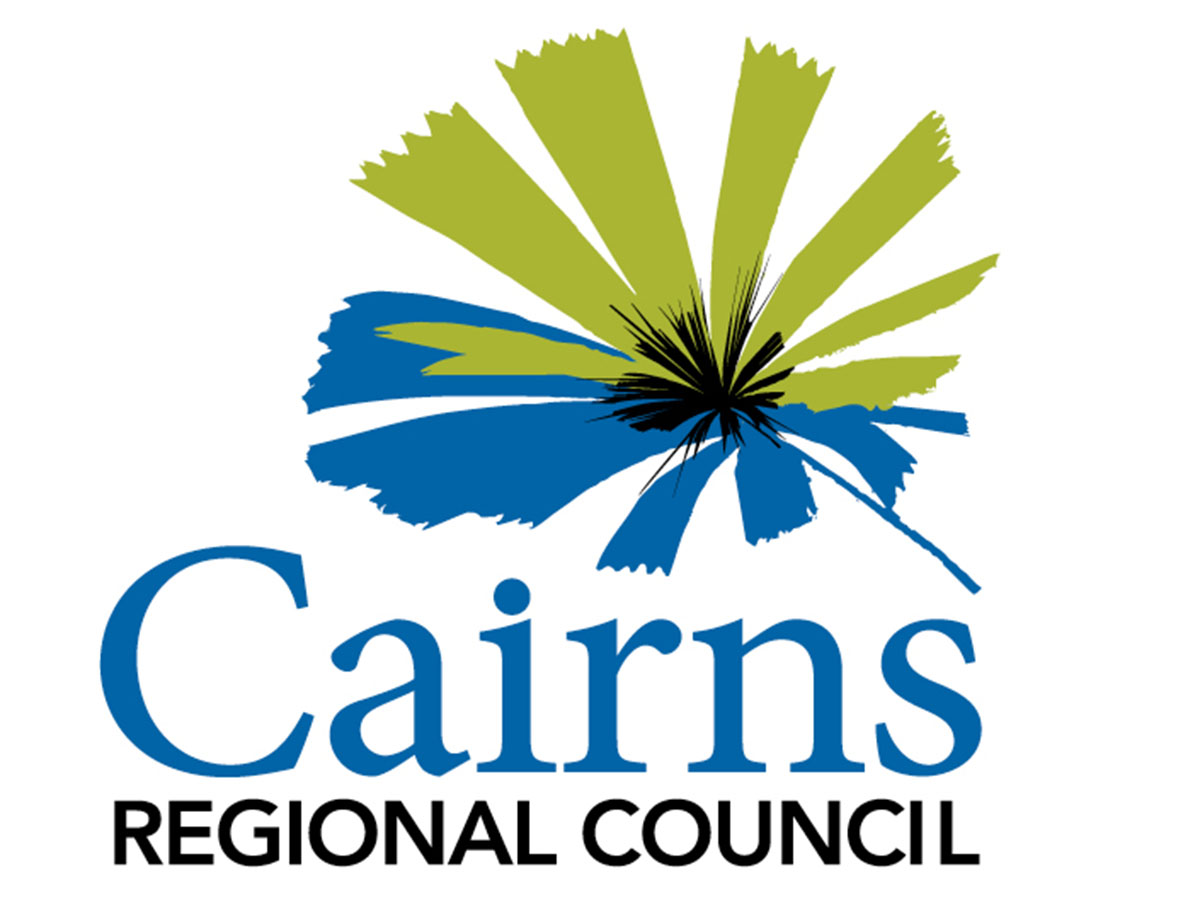Mosquitoes and midges
Mosquitoes
Cairns has a tropical climate with extensive areas of rainforest, mangroves, swamps and high rainfall, which create ideal breeding conditions for mosquitoes and biting midges.
More than 220 mosquito species can be found in Queensland, and many of these are carriers of diseases such as Malaria, Ross River Fever and Dengue Fever.
Some mosquito borne diseases are endemic to the Cairns region and others can be easily introduced by infected visitors who travel to the region from countries where the diseases occur.
There are no practical measures that offer complete control of mosquito populations over the region, however there are a range of measures that can reduce pest numbers in the short term.
Your responsibilities
Mosquitoes need water to breed. Residents can play an important role in reducing mosquitoes by preventing water from pooling in their homes and yards.
- Empty standing water out of old tyres, buckets, plastic covers, toys, pet drinking bowls, bird baths, pot plant trays or any other container where “wrigglers” and “tumblers” live in the house or garden
- Drill holes in tyres used for swings and garden surrounds to allow water to drain from them
- Drain or fill temporary pools and tree hollows with dirt or sand
- Keep swimming pools treated and circulating
- Keep rain gutters unclogged
- Avoid using water retaining plants – such as bromeliads in your garden. Where these are present, use a high-pressure spray to kill larvae
- Clear out any palm fronds and other vegetation from your garden
- Boats and dinghies should be overturned or have the drain plug removed (battery boxes, bait containers, cooler boxes and buckets left in boats are a common place to find larvae)
- Screen all openings to tanks, wells or other large water containers with wire gauze no coarser than 1mm mesh. This prevents mosquitoes from laying eggs.
- Cap brick walls made of cavity bricks to prevent water from pooling in the walls
- Create open areas between your house and any surrounding thick vegetation to avoid breeding sites. Mosquitoes love harbouring in shaded sites.
- Consider the use (as per label directions) of domestic insecticide sprays around the home
- Consider the use of chemical-free mosquito trapping devices available for indoor and outdoor use
- Contact a licenced pest technician for advice and treatment options on private land.
Protect yourself
- Limit your time outdoors at peak biting periods (around dawn and dusk)
- Apply mosquito repellents regularly to exposed skin
- Wear light coloured clothing and cover up with long sleeves/long pants when outdoors
- Screen doors and windows, or use mosquito nets
- Use mosquito coils
What we do
Council's Vector Control Unit works to reduce the numbers of mosquitoes and therefore limit the spread of diseases.
The Vector Control Unit's main activities on Council land are:
- Growth regulator use in breeding areas
- The application of non-toxic films on water surfaces to kill larvae
- Bacteria based larvicides
- ULV or mist fogging of adult mosquitoes in appropriate areas
- Monitoring to determine breeding sites and vector species.
Council investigates breeding areas and treatment/removal of breeding areas on private land following a request from the public.
Council does not conduct mosquito management on areas of state-controlled land, this includes areas of mosquito breeding that are dominated by mangrove vegetation on the coastal strip.
Council collaborates with Queensland Health in Vector monitoring and treatment procedures.
Complaints
If you are experiencing a large number of mosquitoes, and the tips above don't help, you can contact Council and we will investigate.
If we discover breeding sites on your property we may treat the site as a temporary measure providing it is safe to do so, allowing the opportunity for you to rectify the issue. If breeding sites are discovered on Council-controlled land we will manage the sit in line with Council's Mosuito Management Plan.
You can lodge a mosquito complaint by ringing Council on 1300 69 22 47, using our Report a Problem online form, or the Report a Problem feature in the My Cairns app.
Midges
Biting midges are not known to transmit any human diseases in Australia.
The Cairns region has significant breeding areas for midges, located in the intertidal zones of estuaries. Most are active early morning and late afternoon unless you are in close proximity to breeding sites where biting throughout the day is common. Like mosquitoes, midges can travel for kilometres from breeding sites.
Council treatment options are extremely limited as larvae live in the mud and intertidal areas are protected by legislation. Adult treatments are available but have limited efficacy and cannot be sprayed in protected mangrove areas as the active chemicals are toxic to marine and aquatic life.
Home owner treatment to reduce midge contact could include the following.
- Barrier treatments; consult with a licenced Pest Technician.
- Upgraded fine mesh screening on windows and door entries. Or treatment of regular fly screens with a household pest insect spray.
- Keep air movement flowing, the positioning of portable or ceiling fans can reduce incidence of biting. Midges prefer still air to move around in.
- Numerous spatial repellents are available for homes, indoor repellents can be effective.
- Personal protective clothing can assist with biting, long sleeves and long trousers.
- Use of personal insect repellents.
Last Updated: 20 February 2024
Latest News > All News
CEO finishes at Cairns Regional Council
Chief Executive Officer Mica Martin has resigned from her role at Cairns Regional Council....
Australia’s best loved scientist coming to Ecofiesta
The country’s best known and most charismatic scientist is coming to town as a special guest of Cairns Ecofiesta 2024....
Council services and road closures for Anzac Day
Cairns Regional Council advises there will be changes to services and road closures on Thursday associated with Anzac Day....


